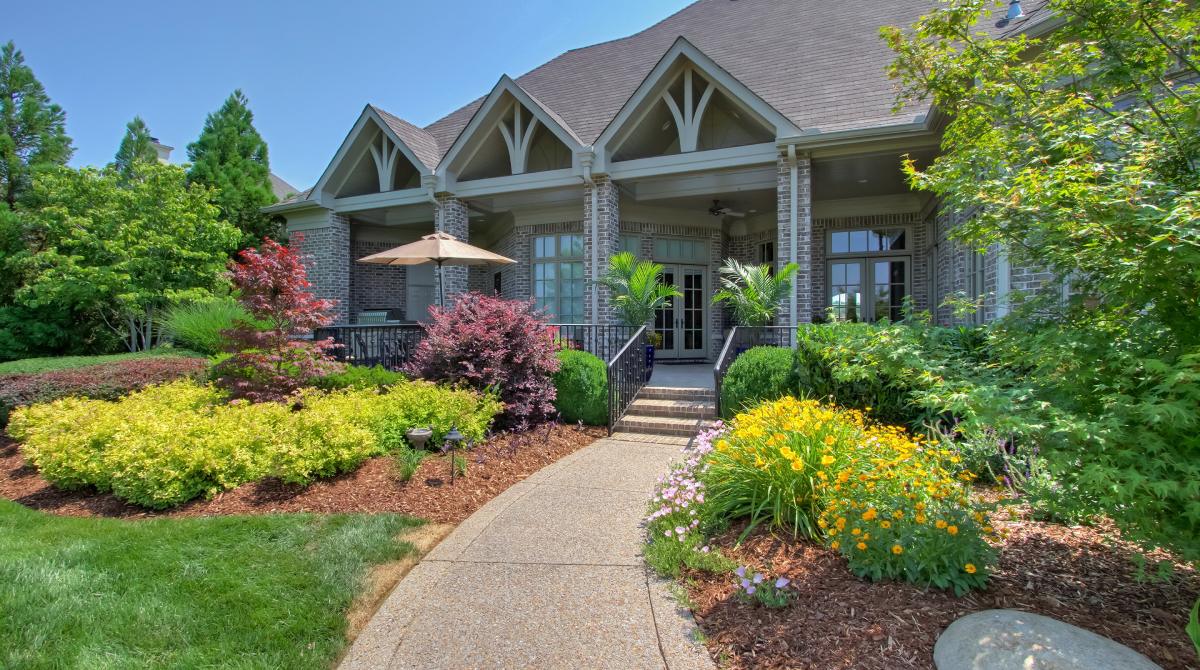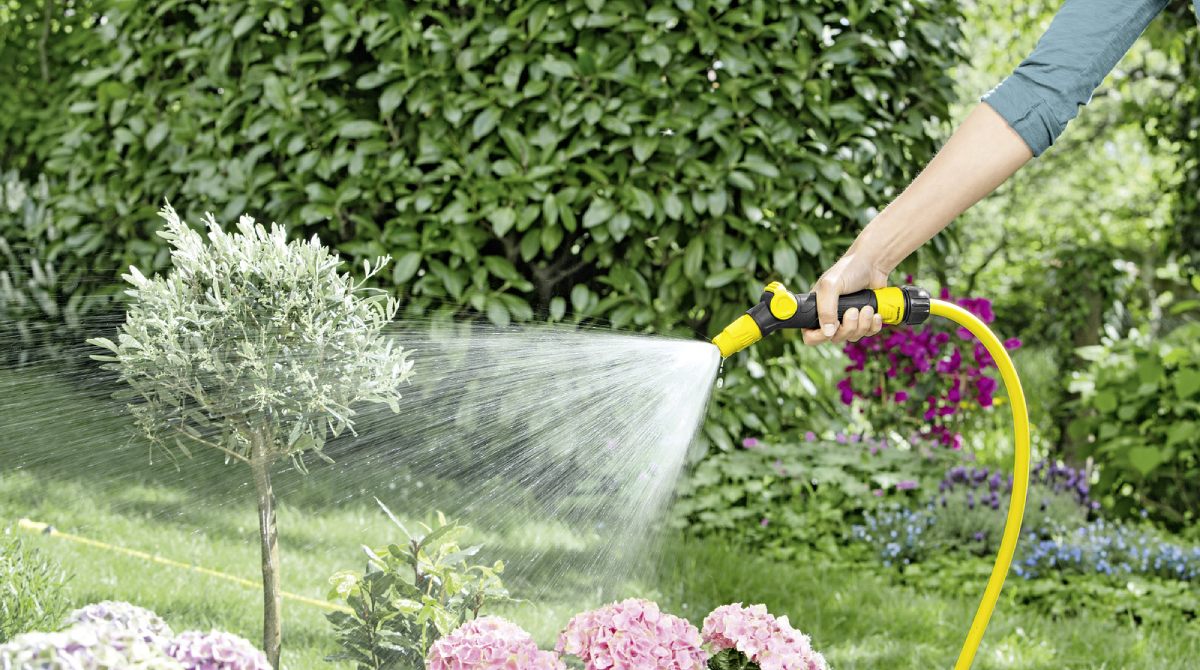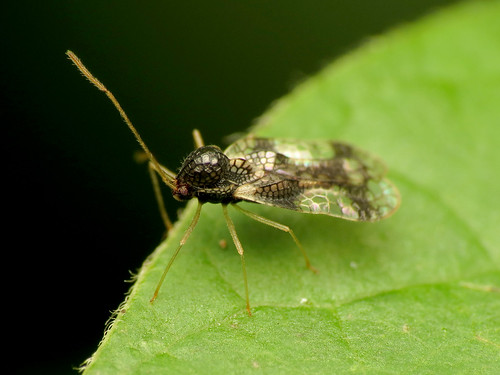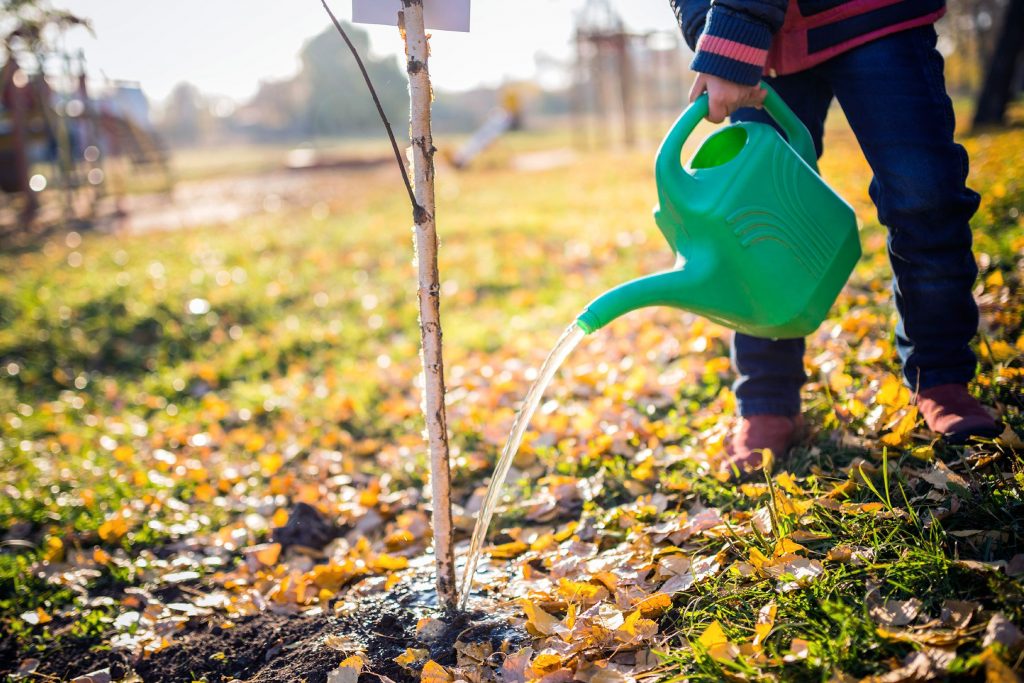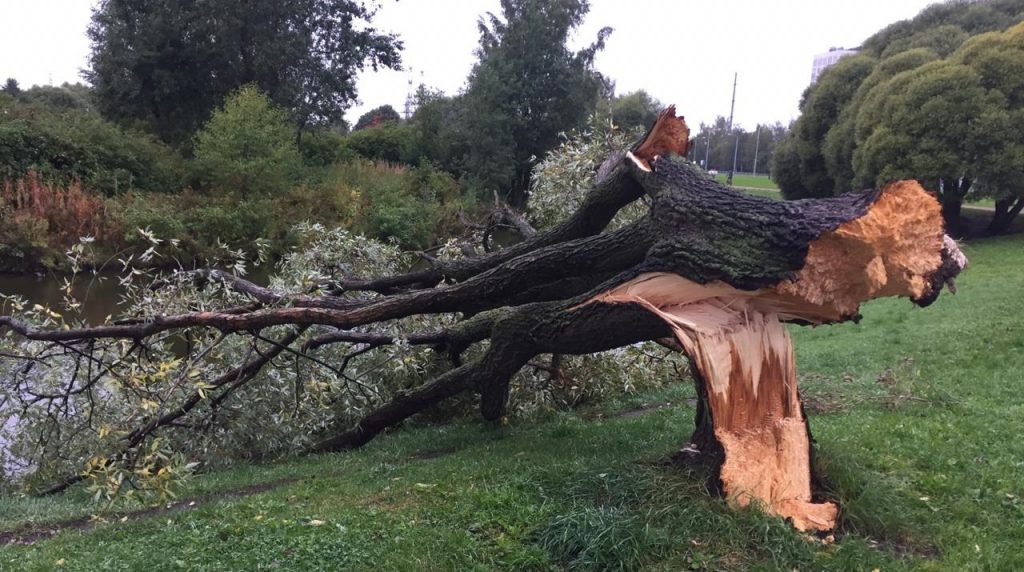
Date October 13, 2020
Category
Do you have a live oak tree, a Shumard oak tree, or another species of an oak tree on your property? Do you suspect that your lovely oak tree is, unfortunately, a dying tree? If so, our dying post oak tree arborists are here for you. If you have an oak tree dying, we can come to your property to evaluate the dying tree, determine if there’s any chance of saving it, and, if necessary, perform tree removal tree services to prevent tree diseases like oak wilt from spreading throughout your property.
What Oak Tree Diseases Cause Dying Trees?
When it comes to oak trees, such as Shumard oak trees, or other oak tree species, there are two main tree diseases that you need to look out for: oak leaf blisters and oak wilt. But they aren’t both deadly
- About Oak Leaf Blisters
Thankfully, oak leaf blisters don’t create dying trees. However, this tree disease should still be taken seriously.
Oak leaf blisters occur on post oak trees, Shumard oak trees, and other oak tree species when a fungus known as Taphrina caerulescens infects the tree. This fungal infection causes telltale symptoms, including circular, red blister areas on the upper surfaces of the tree’s leaves. These blisters are raised from the leaf surface. The spots may initially appear in a variety of colors, including bright green or yellow. However, as time goes on, the spots generally turn brown in color.
Just because your trees have oak leaf blisters doesn’t mean your oak tree is dying. While they affect the aesthetic appearance of your post oak tree or Shumard oak tree, oak leaf blisters can be treated, and it’s especially easy to stop the disease from spreading by picking up all fallen leaves as the seasons change. Proper tree care techniques, including watering and nutrition, also help oak trees in fighting off this infection.
- About Oak Wilt
Oak wilt is an unfortunate oak tree disease. With no known cure, oak trees that become infected with oak wilt must be removed. This is because this dangerous oak tree disease easily spreads to other oak trees on your property through the infected tree’s root system.
If your oak tree, such as the Shumard oak tree, has oak wilt, your oak tree is dying. Tree removal is the only option to prevent further oak tree infection and death on your property.
While oak wilt is deadly, it can be prevented by only trimming oak trees in the proper tree pruning season, which is from mid to late fall to early spring. In season tree pruning greatly reduces your risk that your oak trees will develop oak wilt. If emergency tree pruning is needed in late spring or during the summer, our ISA Certified Arborists will apply tree paint or tree bandages to all tree pruning sites to prevent oak wilt from entering and infecting your oak tree.
Common Signs of Dying Trees
There are other tree diseases that can cause dying trees. Here are some of the common symptoms to look for that will indicate that your oak tree is dying. If you see any of these symptoms on your trees, call us immediately. In some cases, we are able to treat trees that show signs they are dying and nurse them back to health:
- Odd Tilting
Healthy trees grow strong and tall. A tree that is tilting, however, is cause for concern. Common reasons that trees begin to tilt include storm damage that has affected a tree’s root system as well as improper tree pruning techniques.
- Cankers
Dead sections of bark are called cankers. Cankers form when fungi or bacteria infect a tree from an open wound – such as a tree pruning site when a tree was pruned out of season. Our dying post oak tree arborists can save your trees from cankers when they are identified early, stopping the spread of the fungal or bacterial infection throughout your affected tree.
- Decay
Tree decay causes dying trees from the inside out. Often beginning in the tree’s trunk, tree decay is usually only noticeable once it’s visible in the bark, which is often a sign that it’s too late to save the dying tree.
- Deadwood
If you have a tree that used to grow fast, but its branches now easily break, it’s likely suffering from the deadwood. This condition occurs either when a fungal infection hollows out tree branches or a storm damages a tree, thus causing its bark to decay.
- Poor Joints
Do you have an oak tree with branches that look like they could fall off at any moment? If so, it likely has poor joints. If you notice this occurrence, you need to call our dying post oak tree arborists right away for immediate assistance.
We Help Save Dying Trees
While, unfortunately, some dying trees are beyond saving, as local ISA Certified Arborists, we care deeply about rescuing dying trees and nursing them back to health. We provide a variety of tree care interventions to save dying trees whenever possible. As a professional tree services company, we work with homeowners and commercial property owners alike to help save dying trees.
In the event your dying tree can’t be rescued, we perform tree removal to prevent the contributing tree infection from spreading throughout your property. While we hate to lose a tree, it’s worse for us if a tree disease spreads unnecessarily. That’s why we perform a tree removal, particularly if your oak tree has oak wilt, to save the rest of the trees on your property.
Contact Us for Our Professional Tree Services
We know that local homeowners and commercial property owners like you want to see your landscape grow and thrive. You don’t want to lose a tree to tree disease if it’s not necessary. The best defense against tree diseases is having proper tree care performed throughout the year and only have tree pruning performed in season.
If you need our professional tree services, we’re happy to help. Simply call us today at tel:(817) 592-6846.
To learn more about How to Save a Dying Post Oak Tree, call our Argyle and Southlake based teams
at tel:(817) 592-6846 or send us a message.
We’re a little different than the average tree services company.
Learn more about TreeNewal’s ISA Certified Arborists!
Our Dallas/Fort Worth-based tree doctors can explain how sustainable tree care services add more value to your bottom line.
Healthy trees, healthy lives.
